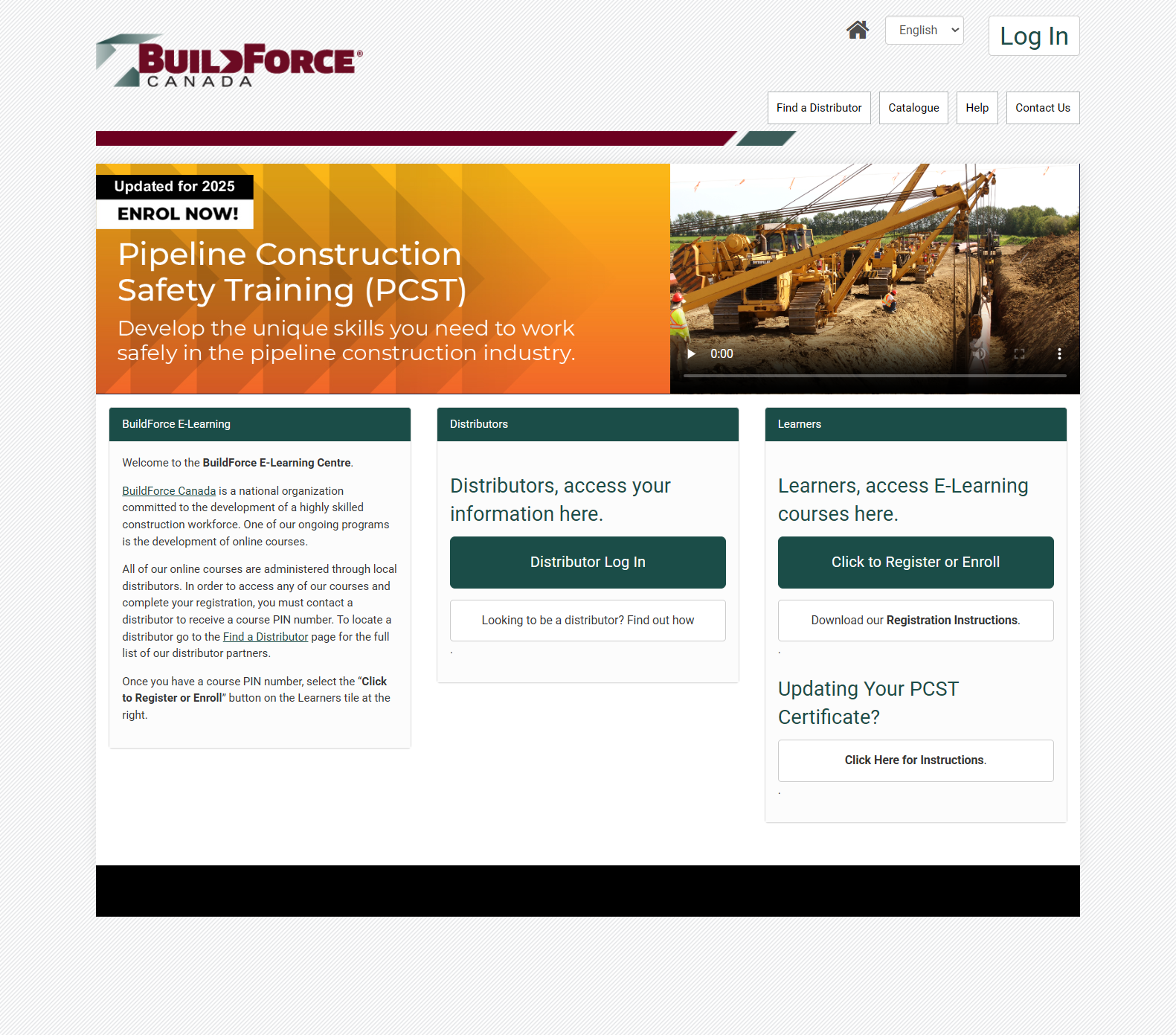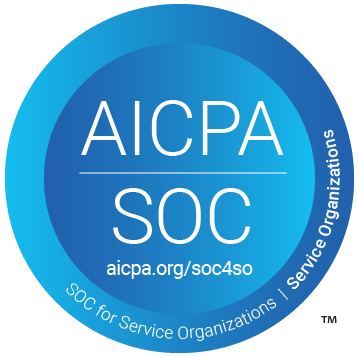
Building a Safer Future: The Role of Training in Construction Safety
Thinking Cap Blog | 2025-01-20
Safety is a top priority in the construction industry, where workers face hazardous conditions daily. Ensuring compliance with safety regulations, reducing accidents, and maintaining an informed workforce are crucial to protecting both employees and the success of construction projects. A Learning Management System (LMS) plays a vital role in streamlining safety training, tracking certifications, and reinforcing a culture of compliance.
Training for safety
Importance of Safety Training in Construction
Construction sites are inherently risky, with potential dangers including falls, equipment-related injuries, and exposure to hazardous materials. Proper training helps mitigate these risks by:
Safety compliance
Educating workers on OSHA compliance and safety protocols
Prevent accidents
Reducing the likelihood of workplace injuries and fatalities
Standard Operating Procedures (SOPs)
Ensuring that employees use protective gear and follow procedures correctly
Meeting Regulations
Keeping construction companies in line with legal requirements
Improving Workplace Safety Through Effective Training
Solving Safety Training Challenges and Ensuring Compliance
Ensuring safety compliance in the construction industry is crucial, but many companies face challenges that hinder effective training. A Learning Management System (LMS) provides structured solutions that address these issues and ensure workers remain compliant with safety regulations.
Standardized & Consistent Safety Training Across Sites
Ensuring all workers receive the same safety training helps eliminate knowledge gaps and reinforces industry best practices.
SCORM Compliance & Multimedia Support
Deliver interactive SCORM courses, videos, and PDFs for OSHA, WHMIS, and other safety training.
Custom Learning Paths
Assign sequential training (e.g., WHMIS first, followed by site-specific procedures).
Certification Tracking & Compliance Management
Automated tracking of certifications and renewals reduces compliance risks and ensures workers meet safety requirements.
Automated Certification & Expiry Tracking
Ensure workers stay certified with automatic reminders for renewals.
Customizable Reports & Audit-Ready Compliance Logs
Generate real-time reports on course completions, certifications, and expiring credentials for regulatory audits.
Mobile & On-Site Training Accessibility
Providing mobile-friendly safety training allows workers to complete courses anytime, anywhere, minimizing downtime.
Mobile-Optimized LMS
Workers can complete safety training on-site via tablets or smartphones, reducing downtime.
Accessible for All Workers
WCAG-compliant design, screen reader compatibility, and adjustable font sizes ensure inclusive safety training.
Limiting Training Gaps & Boosting Engagement
Interactive learning tools like quizzes and gamification enhance engagement and improve knowledge retention.
Gamification & Interactive Elements
Use quizzes, leaderboards, badges and more to keep workers engaged.
Progress Auto-Resume
Learners can pause training and resume where they left off, even on different devices.
Reducing Risk & Enhancing Accountability
Secure access controls and compliance reporting help organizations maintain accountability and regulatory adherence.
Single Sign-On (SSO) & Role-Based Access
Control who accesses which safety training, ensuring the right training for the right personnel.
Multi-Factor Authentication (MFA) & Secure Login
Protect sensitive training records and compliance data.
Improving Workplace Safety Through Effective Training
Key Benefits of an LMS for Construction Safety
Standardized Training Across Job Sites
Ensuring workers receive the same level of training across multiple job sites is essential for maintaining safety, compliance, and operational efficiency.
A centralized LMS ensures consistent training delivery, reducing knowledge discrepancies. In 2021, 77% of construction employers assessed training impacts on performance, up from 50% in 2018.
Enhanced Engagement & Retention
Keeping workers engaged in training can be challenging, but interactive, modern learning formats significantly improve participation and retention.
Laing O'Rourke, a global construction firm, increased training engagement from 35% to 95% by using bite-sized learning modules inspired by TikTok and Instagram.
Automated Certification Tracking
A study on automated compliance checking found that digitized certification tracking reduces administrative workload by up to 30% and improves regulatory compliance by ensuring real-time updates on worker qualifications.
Implementing an LMS with automated certification tracking streamlines compliance management, reducing administrative burdens.
Mobile Accessibility
Many construction workers rely on mobile learning for safety training, but accessibility barriers can limit its effectiveness.
A study of 4,068 mobile apps found that 94% had at least one accessibility issue, making navigation difficult for workers relying on screen readers.
Case Study
Enhancing Safety Training with BuildForce Canada's E-Learning Platform
BuildForce Canada, a national organization dedicated to developing a highly skilled construction workforce, offers a comprehensive E-Learning Centre designed to promote the professional development of individuals in the Canadian construction and maintenance industry.
Through partnerships with local distributors, BuildForce Canada provides accessible online training courses that cover a wide range of topics, including safety standards, project management, and supervisory skills. These courses are tailored to meet the evolving needs of the construction sector, ensuring that workers receive up-to-date and relevant training.
By leveraging BuildForce Canada's E-Learning platform, construction companies can standardize safety training across all job sites, reducing knowledge discrepancies and ensuring compliance with national safety standards. This centralized approach not only enhances worker safety but also contributes to operational efficiency, aligning with the industry's commitment to maintaining a highly skilled and safe workforce.

Conclusion
Final Thoughts: Prioritizing Safety Through Effective Training
Ensuring safety compliance in the construction industry requires consistent training, proper certification tracking, and accessible learning opportunities for workers. By standardizing training across job sites, companies can minimize knowledge gaps, improve retention through interactive learning, and ensure workers stay certified with automated tracking systems. Mobile accessibility further enhances flexibility, allowing employees to complete training without disrupting job site productivity.
A proactive approach to safety training not only reduces workplace incidents but also strengthens overall operational efficiency. As the industry continues to evolve, leveraging digital tools to streamline training and compliance will be key to maintaining a well-prepared and safety-conscious workforce.
Now is the time to implement an LMS that ensures your workforce receives the proper training to stay safe on the job. Investing in structured safety training today can prevent accidents, save lives, and boost productivity in the long run.
Request a personalized demoShare this article





